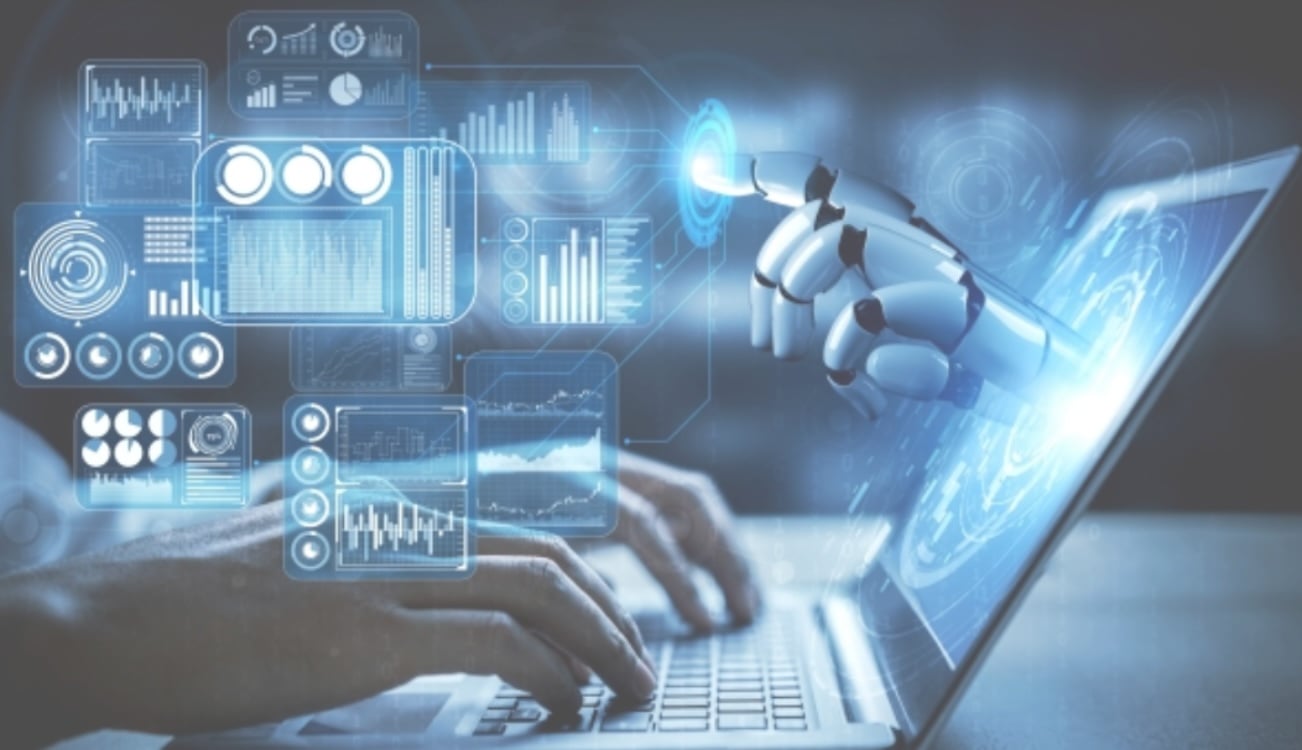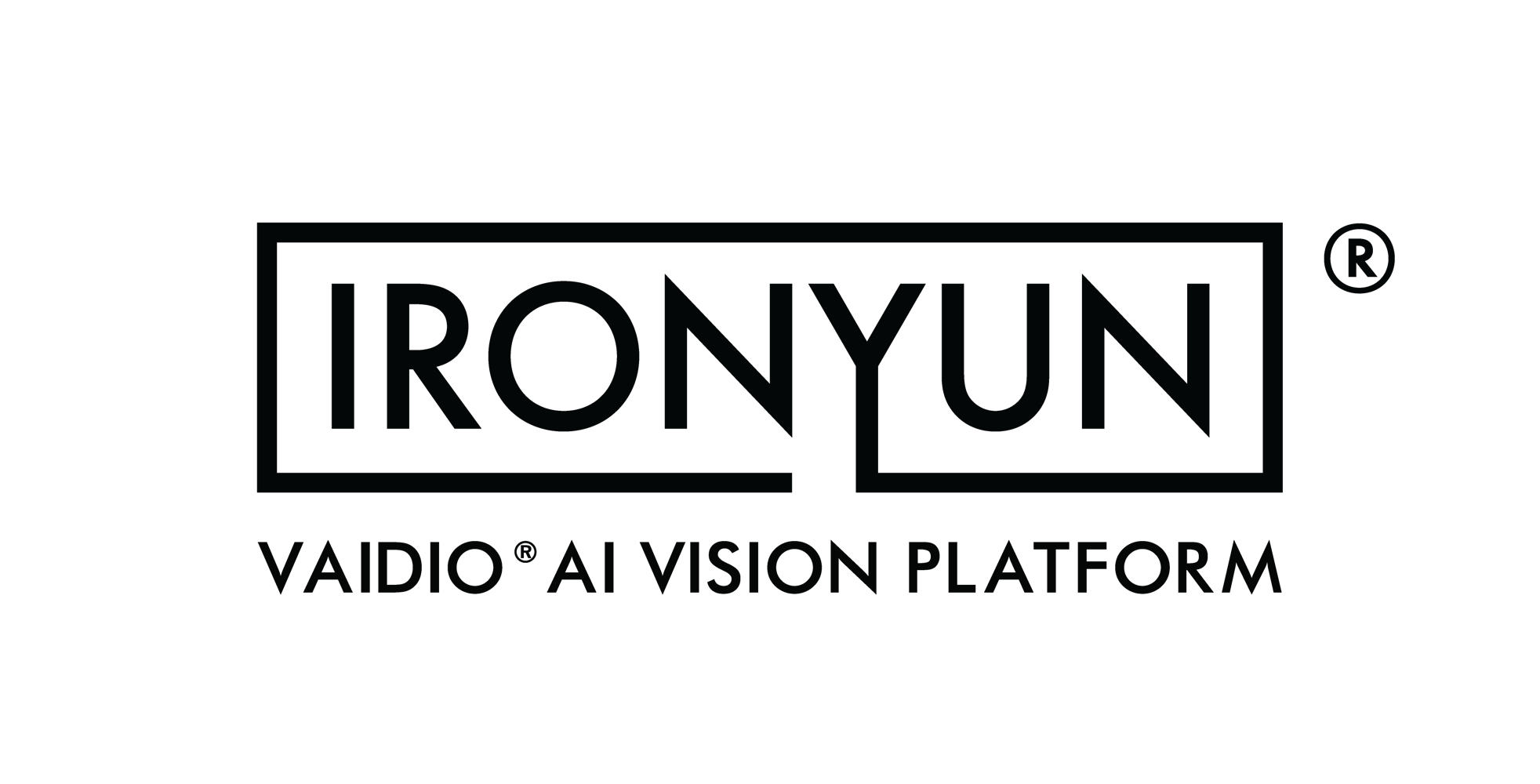
The world is becoming increasingly digital. We're all on our phones scrolling Facebook, Instagram, and Twitter in between taking selfies for Snapchat, but there are still some parts of life that require physicality to be safe. These are areas where AI video analytics come into play when it comes to public safety.
Law enforcement agencies have relied on video surveillance systems and their security personnel to ensure that everyone in the community is protected and safe. Police officers have now started utilizing video analytics technology, data analytics, and other video feeds, providing real-time video analytics and surveillance data in solving cases, monitoring the community, and keeping them safe, along with protecting sensitive data.
To this end, video analytics technology is very useful for public safety. Here are some more essential uses of artificial intelligence video analytics for public safety.
1. Facial Recognition Greatly Helps Crime Prevention and Predictive Policing
One of the most useful applications for AI video analytics is to help prevent crime from happening. Video surveillance systems with facial recognition can identify wanted criminals or terrorist suspects in a crowd.
For example, if there is a known terrorist suspect that the police are looking for, an AI video analytics system can be used to scan through footage from CCTV cameras to see if they are in the area. If they are, then law enforcement can be alerted immediately and they can take appropriate action. Through artificial intelligence, police departments can increase response times and mitigate crime.
2. Artificial Intelligence Video Analytics for Public Safety Helps Come Up With Actionable Data
AI video analytics software helps produce actionable data through pattern recognition and other analytics capabilities. The AI bot can display such data in real-time, allowing security personnel and law enforcement to respond accordingly to keep the public safe from any possible harm.
Crime mapping is another valuable application of video analytics. By understanding where crimes are happening, police departments can better allocate their resources to prevent future crime in those areas.
Additionally, video analytics is also being used to increase public safety. For instance, gunshot detection systems use audio analysis algorithms to detect gunshots in order to alert law enforcement agencies immediately.
Similarly, some cities are using AI to identify and track license plates of vehicles that have been flagged as being associated with a crime. This helps law enforcement quickly identify and track down vehicles that are involved in criminal activity.
With the help of AI and video analytics, law enforcement can now use heat maps to see hotspots for criminal activity. This information can then be used to deploy officers to those areas to help prevent crime. In turn, AI video analytics can also be used to predict crime by analyzing criminal patterns, allowing police departments and other security personnel to be proactive in their approach to public safety.
3. Surveillance Technologies and AI Video Analytics for Public Safety Are a Reliable Way to Monitor Traffic and Road Conditions for Smart City Solutions
As a part of the smart city movement, video analytics is being used to make cities more intelligent and efficient. Smart cities are using AI video analytics for applications such as traffic monitoring, easing traffic congestion, parking management, public safety monitoring, and security.
For instance, by tracking the flow of vehicles and pedestrians through traffic cameras, municipalities can optimize traffic light timing to reduce congestion and improve overall traffic flow. Similarly, by tracking the number of available parking spots in real-time, municipalities can direct drivers to the nearest open space, reducing the time spent looking for a parking spot.
4. Video Surveillance Can Assist Law Enforcement in Monitoring Public Places
With AI video surveillance, police officers can monitor commercial centers, airports, train stations, and government buildings. The latest generation of AI video analytics software is especially valuable for use in public places. A police officer can be alerted if an object or person has moved past a restricted area or if a person has been in an area for too long.
For example, AI video analytics can be used to monitor borders and crossings to detect if someone has illegally crossed into a country. Additionally, AI video analytics can be used to monitor large crowds at public events to identify any potential security threats. They can also rely on various public safety applications that use computer vision in monitoring, such as the early detection of fires, hazardous materials, and fights.
Similarly, AI also allows the same person to control the information they get from various sources, such as body cameras, license plate numbers, and other life-saving information that will help them send real-time alerts to people who are in need.
5. Participating in the Identification of Nonviolent Violations
AI is great at spotting patterns and classifying objects that the human eye usually tends to miss. By having AI review video footage for things like traffic violations and parking infractions, cities can save time and money by reducing the number of unnecessary tickets.
For example, some cities are using AI algorithms to automatically identify vehicles that run stop signs or illegally park in handicapped spots. This allows law enforcement to focus their time on more serious violations.
Moreover, AI technology has proven to be great at the identification of counterfeit goods, which can be challenging for humans to spot. Microscopic photos of an item can be examined and identified by the system in order to authenticate if the product is genuine or counterfeit.
Indeed, AI is superb at detecting anomalies, making it ideal for identifying financial frauds too such as credit card theft and expense account abuse. AI machines can also recognize the good and bad charges in a company's reports or transactions, as well as reject fraudulent expenditures.
6. Keeping People Safe in a Natural Disaster or Other Emergency
In the event of a natural disaster, AI video analytics can be used in disaster management such as monitoring conditions and identifying potential hazards. For example, by monitoring live video footage of an area, AI can be used to detect signs of a landslide or tsunami.
Additionally, AI can also be used to monitor live video footage of an area for signs of a fire. By identifying the location of the fire, AI can help firefighters to quickly and efficiently respond to the emergency. Likewise, AI can also be used to monitor live video footage of an area for signs of flooding. By identifying the location of the flood, AI can help emergency responders quickly and efficiently respond to the emergency.
7. AI Video Surveillance Can Easily Track Individuals or Groups that are Suspected of Being Involved in Illegal Activities
AI video surveillance can also be used to monitor and track individuals or groups that are suspected of being involved in illegal activities.
The software can identify the license plate number of a vehicle and alert the police if it is on a list of known stolen vehicles. The software can also track the movements of an individual or group, helping law enforcement agencies build a case against them.
In addition, AI technology helps keep track of criminals who have been released from prison or are on parole. With artificial intelligence, the software can learn suspicious behaviors of individuals and alert law enforcement via live feeds. Furthermore, AI also helps with the identification of repeat offenders who have been arrested on a prior charge.
8. AI Can Also Be Used to Monitor Social Media Platforms for Potential Threats
Social media platforms are a hotbed for illegal and terrorist activity. AI can be used to monitor these platforms for potential threats. By monitoring the content that is posted on social media, AI can help identify potential threats of violence or terrorism. In addition, AI can also be used to monitor social media for hate speech.
Hate speech is a problem that has been on the rise in recent years. AI can help identify hate speech and alert law enforcement of potential threats.
Furthermore, AI can also help monitor social media for signs of cyberbullying. Cyberbullying is a problem that has been on the rise in recent years. AI can help identify cyberbullying, retrieve the personal data of the victim, and alert law enforcement.
In Conclusion
AI technology has become increasingly sophisticated and its applications are becoming more widespread. Gone are the days when police officers would need to scour every inch of the city searching for the thief who ransacked the local grocery store. With AI playing a huge role in tracking people and their whereabouts, AI tools have made the lives of our law enforcement officers much easier.
And today, local governments could consider many areas with a history of violence or high rates of crime at risk. But recent advances in this technology have given us new tools for security and crime prevention.
With full access to AI video analytics, homeland security can also now better assess threats, mitigate risks, deploy the necessary resources to protect the public sector, and ultimately, save lives and reduce crime rates.


